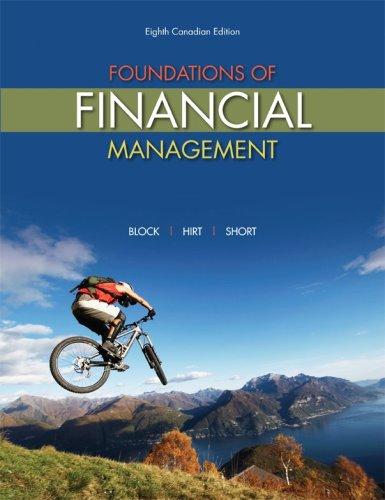C. Measure the impact of changes in interest rates, exchange rates or commodity and derivative values on the operation. d. Determine the volatility of various categories of deposits, the frequency and level of various classifications of borrowing, the compliance to regulatory immediate cash flo needs, and the current position versus industry norms for meeting all immediate demand. e. Level, distribution and severity of various risk categorized assets, adequacy of loan allowance, treatment of underperforming commitments, and quality or reliability of underwriting standards. f. Peer group and compliance driven and determined adequacy of Equity, both prima (tier 1) and secondary (tier 2), evaluation of both dividend policies and earnings retention, and planning for growth, adverse effects, and possibility of adverse performance 2. Broadly classifying the Assets on the balance sheet of a financial institution, each of the following belongs EXCEPT: a. Cash & Balances Due c. Securities (Investments & Secondary Liquidity) b. Loans & Leases d. Deposit Accounts 5. Which of the following is the largest item for Primary Liquidity and which of the following largest item for secondary liquidity: a. Deposits at the FED; US Treasuries c. Deposits at the FED; commercial loans b. Vault Cash; Consumer Loans d. US Treasuries; Demand Deposits Which of the following is an area of investment and lending in which all financial institutio have increased their involvement the most over the past 20 to 60 years as a percent of to a. U.S Treasuries c. Mortgage Market b. Fixed assets d. Agriculture and Farming TRUE or FALSE: Preferred Stock is considered secondary Equity. Forse TRUE or FALSE: Financial Institutions, in general, use higher leverage than manufacturers TRUE or FALSE: To understand the risk associated with Off-Balance Sheet Assets & Liabil one needs to read and analyze the financial statement footnotes carefully. True Explain why the Glass-Steagall 1933 Act was so important to Financial Institutions: When was the Glass-Steagall 1933 Act repealed: 1019 C. Measure the impact of changes in interest rates, exchange rates or commodity and derivative values on the operation. d. Determine the volatility of various categories of deposits, the frequency and level of various classifications of borrowing, the compliance to regulatory immediate cash flo needs, and the current position versus industry norms for meeting all immediate demand. e. Level, distribution and severity of various risk categorized assets, adequacy of loan allowance, treatment of underperforming commitments, and quality or reliability of underwriting standards. f. Peer group and compliance driven and determined adequacy of Equity, both prima (tier 1) and secondary (tier 2), evaluation of both dividend policies and earnings retention, and planning for growth, adverse effects, and possibility of adverse performance 2. Broadly classifying the Assets on the balance sheet of a financial institution, each of the following belongs EXCEPT: a. Cash & Balances Due c. Securities (Investments & Secondary Liquidity) b. Loans & Leases d. Deposit Accounts 5. Which of the following is the largest item for Primary Liquidity and which of the following largest item for secondary liquidity: a. Deposits at the FED; US Treasuries c. Deposits at the FED; commercial loans b. Vault Cash; Consumer Loans d. US Treasuries; Demand Deposits Which of the following is an area of investment and lending in which all financial institutio have increased their involvement the most over the past 20 to 60 years as a percent of to a. U.S Treasuries c. Mortgage Market b. Fixed assets d. Agriculture and Farming TRUE or FALSE: Preferred Stock is considered secondary Equity. Forse TRUE or FALSE: Financial Institutions, in general, use higher leverage than manufacturers TRUE or FALSE: To understand the risk associated with Off-Balance Sheet Assets & Liabil one needs to read and analyze the financial statement footnotes carefully. True Explain why the Glass-Steagall 1933 Act was so important to Financial Institutions: When was the Glass-Steagall 1933 Act repealed: 1019







